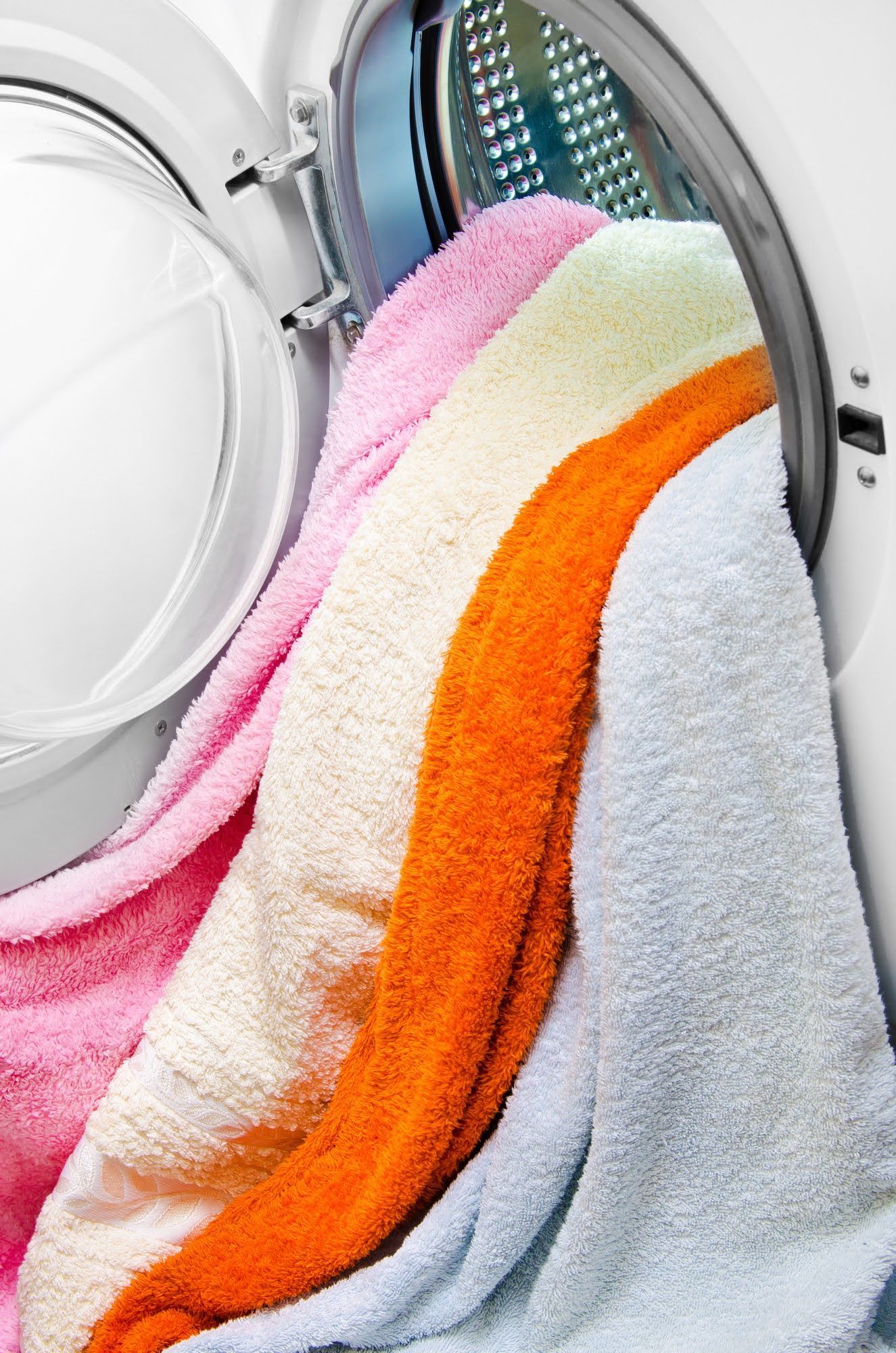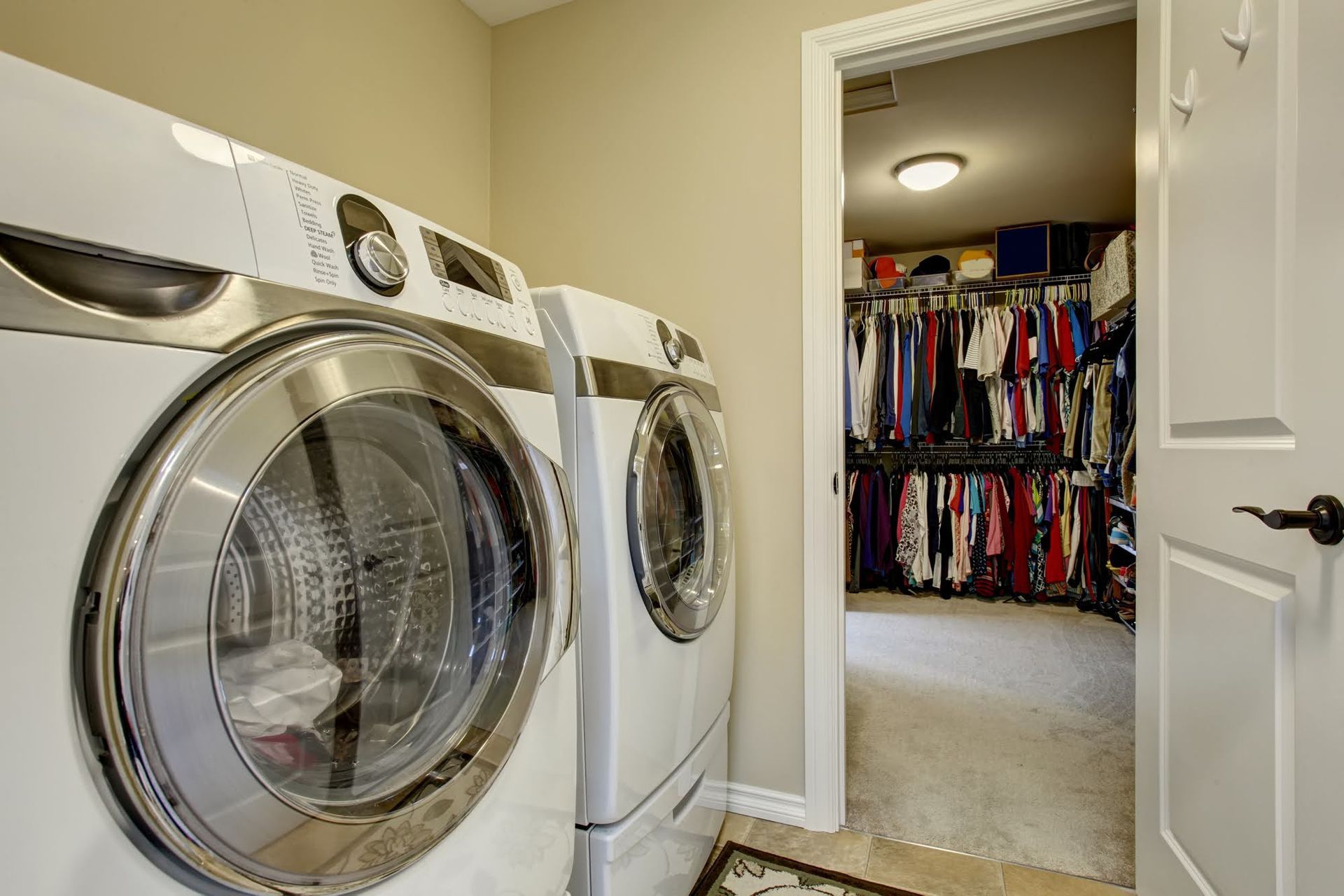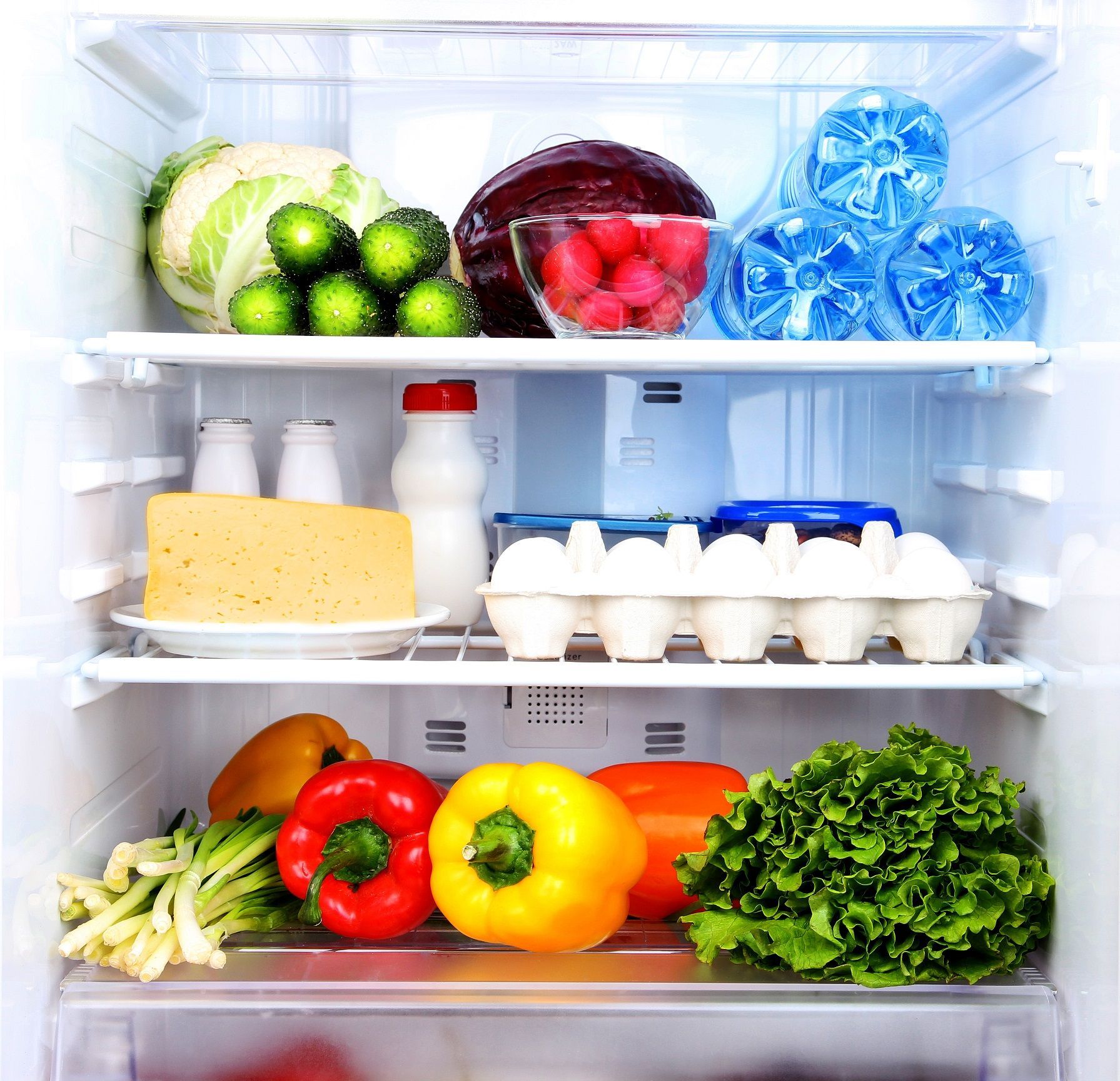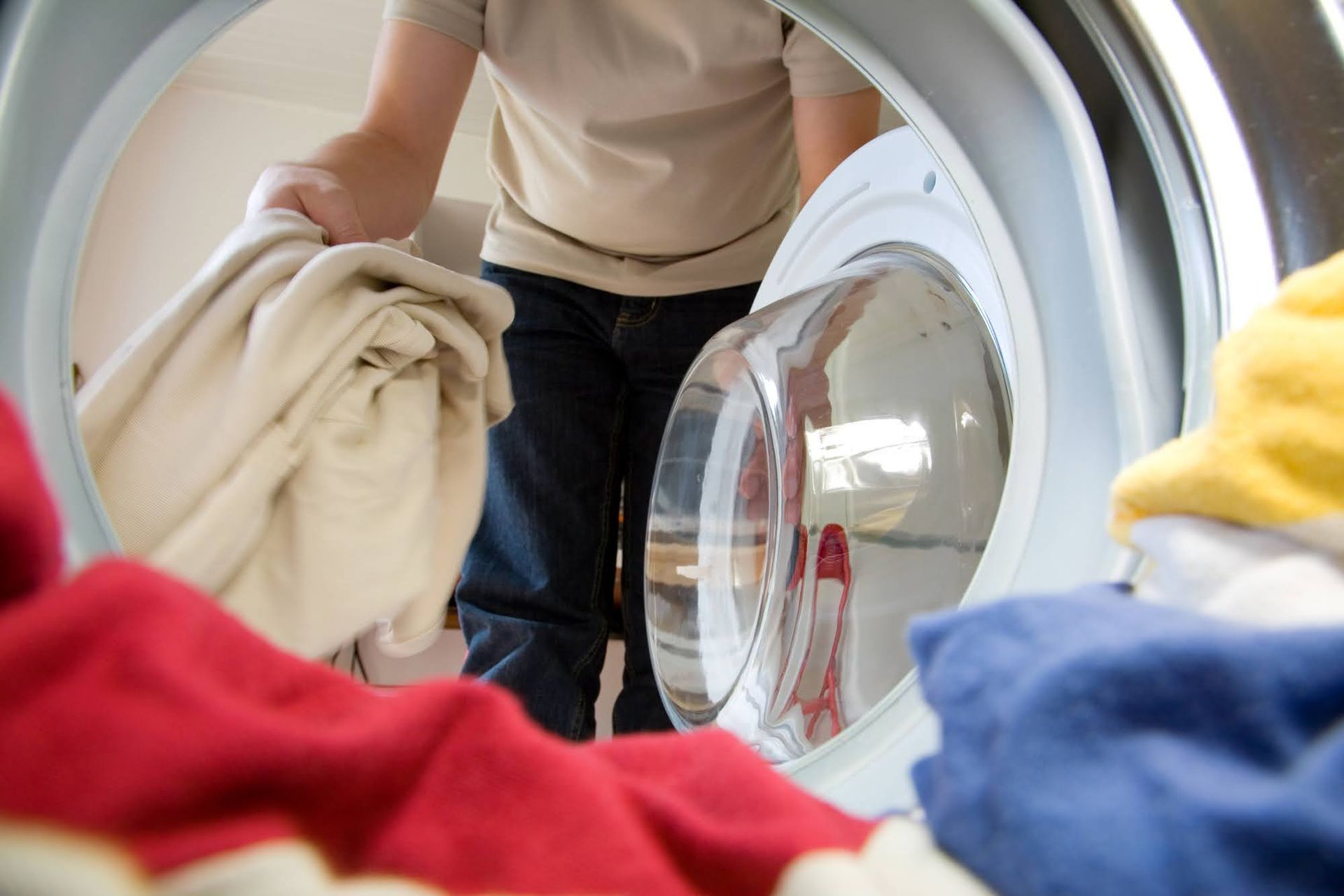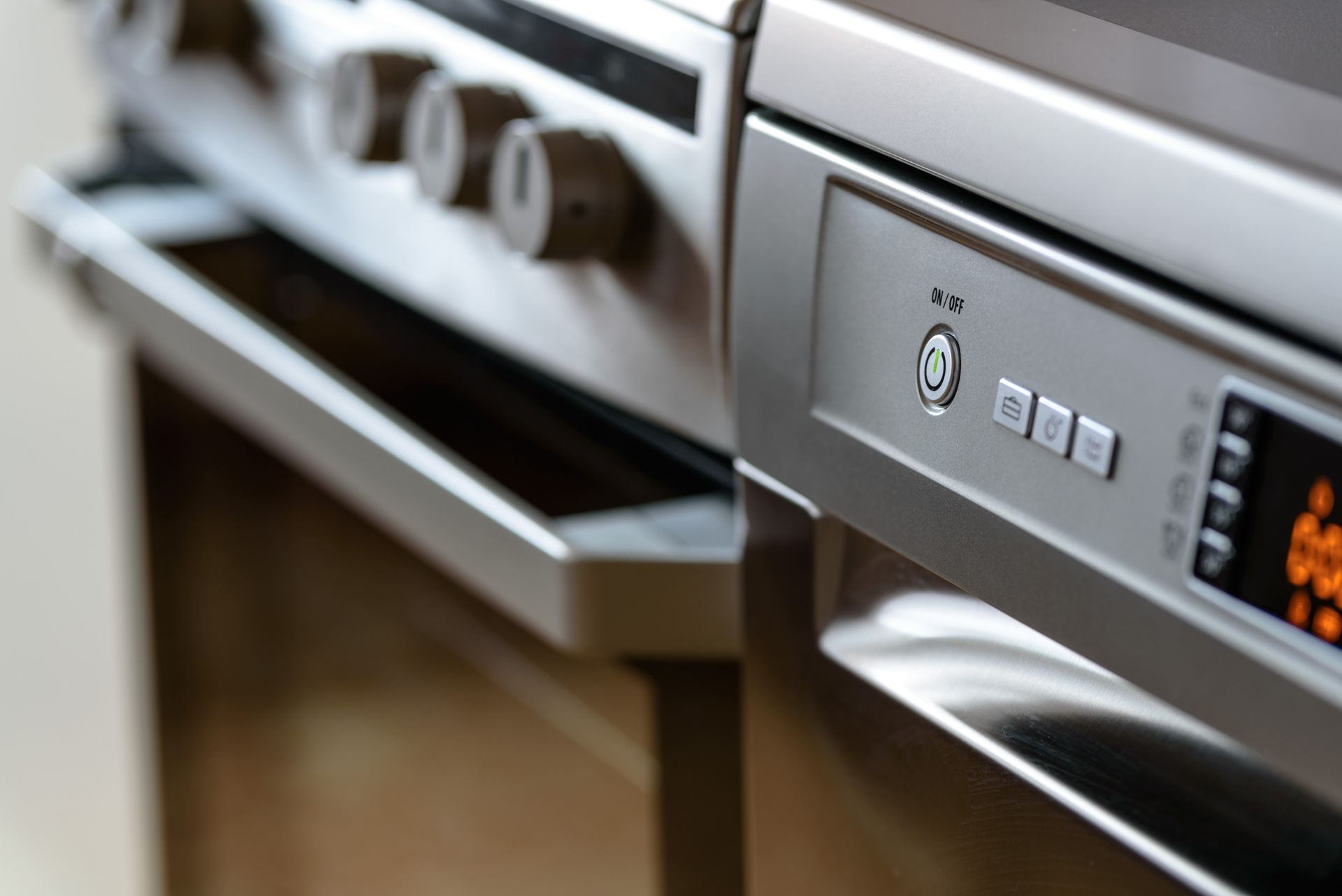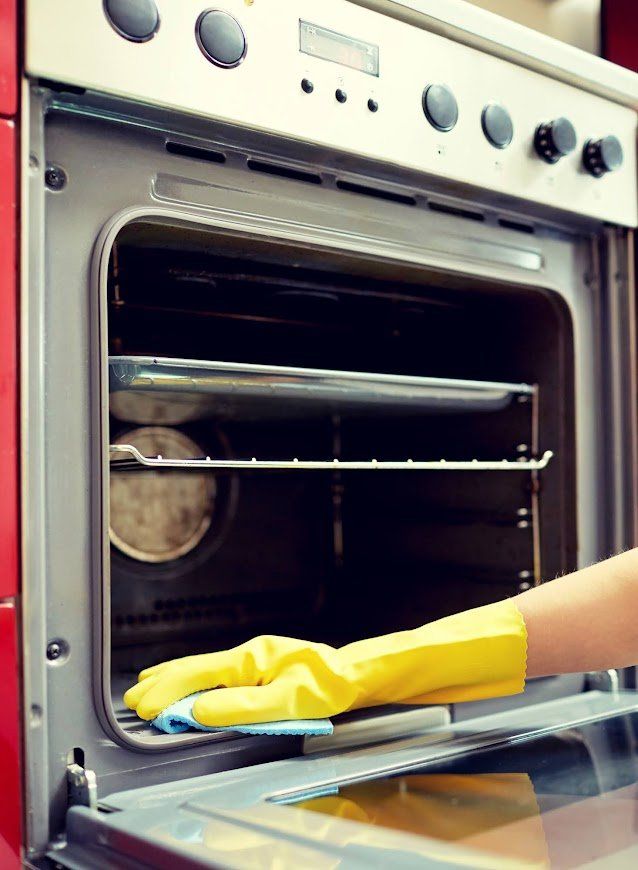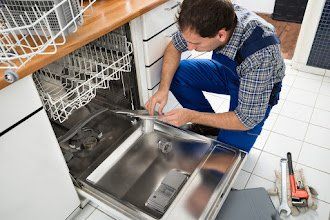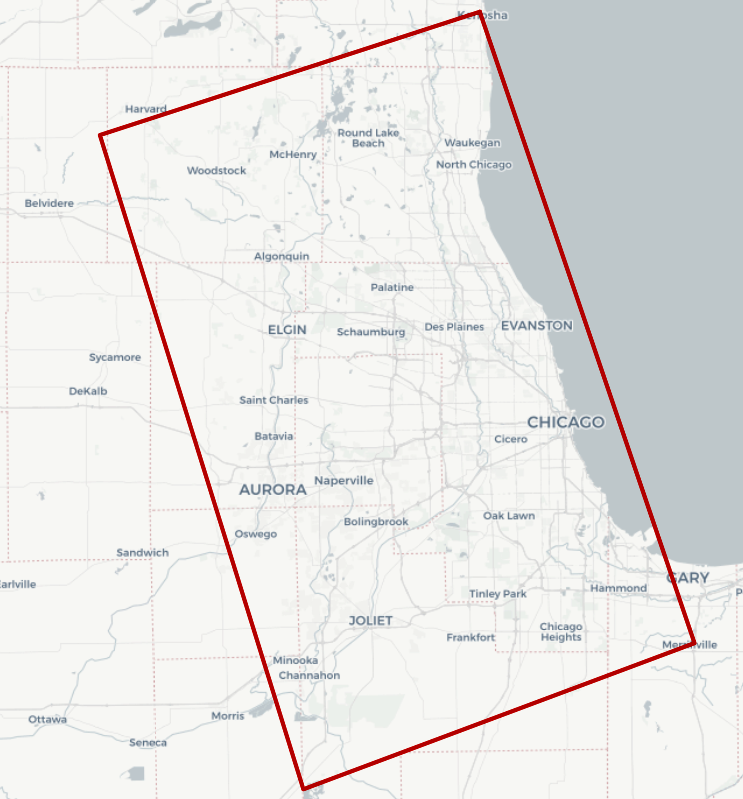4 Important Components of a Refrigerator

If you have ever experienced a refrigerator issue before, you might not have fully understood the components your repair technician mentioned as they serviced your device. A general comprehension of refrigerator parts can help you understand the problems that might plague your appliance. Here is an overview of the four major components of your fridge to help you understand how they work.
1. Compressor
The compressor helps transfer heat from the refrigerator to the refrigerant gas. The condenser, which operates from power supplied by an electric motor, sits at the back or bottom of the refrigerator.
The compressor draws heated air from the refrigerator's interior and then compresses and chills the refrigerant gas, which passes through the condenser to reduce the density of the compressed gas. The air cools as it travels over the coils and then travels back into the refrigerator via a pump. The cooled air keeps the contents of the refrigerator cold.
The compressor can either use a piston or a rotating screw. The piston compressor moves the refrigerant via a set of valves and chambers using pistons. The rotary screw compressor employs rotors with blades that spin at high rates to move the refrigerant, which causes a pressure difference inside the system.
2. Condenser
The condenser and condenser coils transfer heat from the refrigerant to the outside air. This process occurs by employing copper coils, which you can find at the bottom or back of the unit.
The condenser coils take hot vapors from the compressor and cool them down to liquid form. The refrigerator's system then returns the liquid refrigerant to the compressor for compression and cooling once more. The condenser coils absorb the heat from the refrigerant, which causes the refrigerant to evaporate and flow back to the compressor. This cycle repeats indefinitely to ensure that the refrigerator runs smoothly and effectively.
To keep your refrigerator functioning smoothly and your food fresh, ensure the condenser coils are clean and blockage-free.
3. Air Baffle
An air baffle, sometimes called damper or diffuser, balances the air flow from the evaporator to the fresh food compartment. Along with the evaporator fan, it is responsible for moving the cold air in the freezer compartment into the fresh food compartment. If your refrigerator is not cold enough or your freezer is too cold, the simplest solution is checking if the air baffle is obstructed. This is most commonly done by over filling your freezer or fresh food compartment.
4. Evaporator
The evaporator turns the liquid refrigerant in the condenser into a gaseous state. This change of state moves heat from the refrigerator compartment into the evaporator coils, which makes the refrigerant boil at low pressure in the evaporator.
This low pressure depends on the quantity of heat absorbed from the product to the liquid refrigerant and the amount of low-pressure vapor the compressor contains. The absorbed heat moves through coils and into a compressor, where it is squeezed and cooled even more.
The chilly air we feel when we open the refrigerator doors into the fridge's food compartment originates from the evaporator coils, which have absorbed the heat from the now gaseous refrigerant.
Always consult a fridge repair technician if any of these components get damaged or experience problems. Contact us at A-Appliance Xperts Inc for refrigerator repairs and maintenance.


